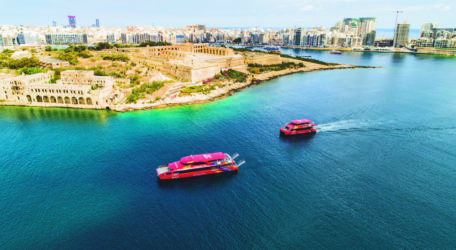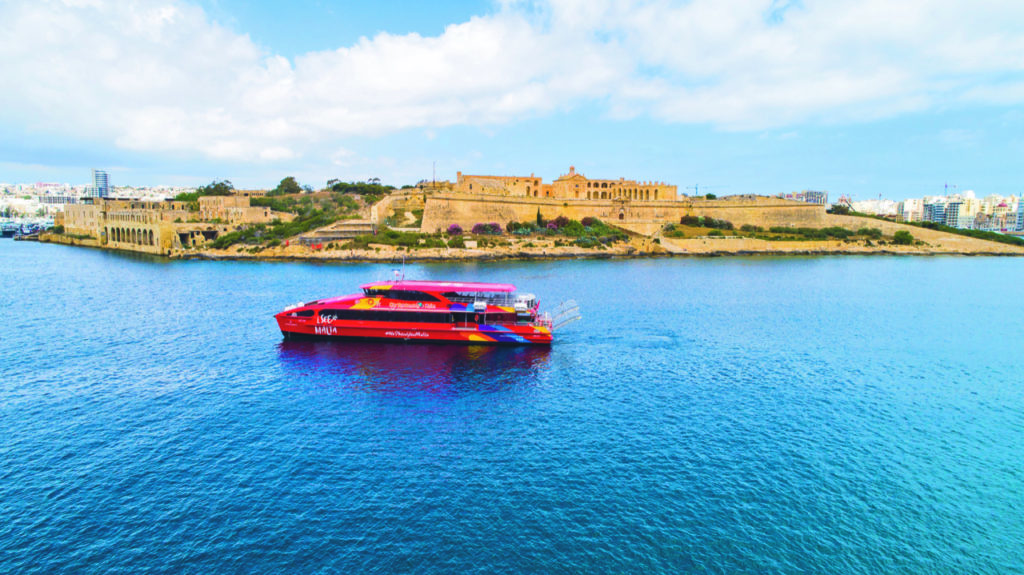
New iSeeMalta vessels will provide eco-friendly ‘bus’ service
Fortina Investments’ €20 million venture in its iSeeMalta’s hop-off, hop-on concept, which will start operating this summer, will offer tourists and locals an environmental solution to inter-island travel.
Dispelling repeated attempts to spread false information about the service, Fortina Investments said its purposely-built, brand new ferries will not enter any swimming zones in Balluta Bay; nor will the landing place be placed anywhere near the sandy beach in Balluta; and no ticket booths will be set up along the St Julian’s promenade.
“This misinformation campaign has only served to muddy the waters and prevent people from seeing this service for what it really is — a bus stop at sea that will board and disembark passengers at a temporary landing berth that is already populated by numerous pleasure craft,” a company spokesperson said.
The service, which will operate between Sliema Ferries, St Julian’s, Bugibba and Comino, will initially pick up passengers from St Julian’s up to eight times a day.

The company’s eco-friendly vessels, which are built to the latest technology standards and are a first within the tourist boat sector in Malta, shall be replacing the traditional Captain Morgan tour business.
Not only will there be no ticket booths on the St Julian’s promenade as was being claimed, but Fortina Investments has for years been in talks with the authorities to have all such ticket booths removed from the Sliema Ferries and replaced with one uniform booth for each operator run under strict conditions.
Those wishing to purchase tickets for iSeeMalta’s new service will be able to do so through the company’s dedicated sales point, hotel desks, shops and online portals.
Moreover, the floating landing place at San Gilian ASC is temporary — 10.5m x 5m in size, resting on four legs on the undisturbed seabed and anchored to the existing quay — and a nature monitoring condition report will be undertaken throughout the next five years to ensure that all seabed conditions remain intact.
- June 30, 2020 No comments Posted in: Press Launches Tags: iSee Malta





